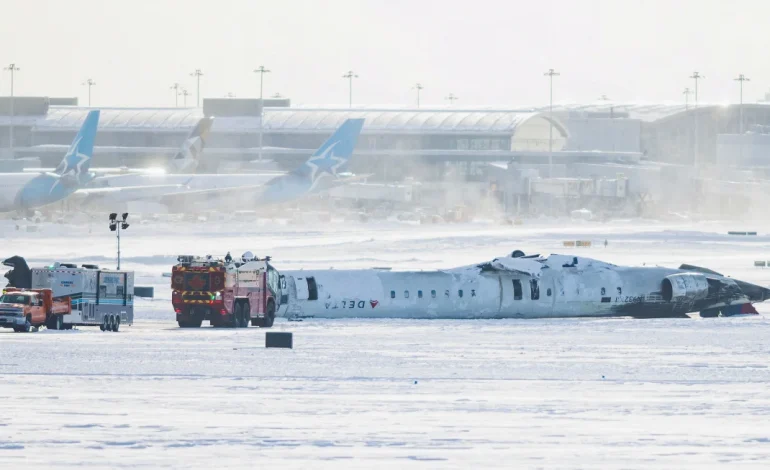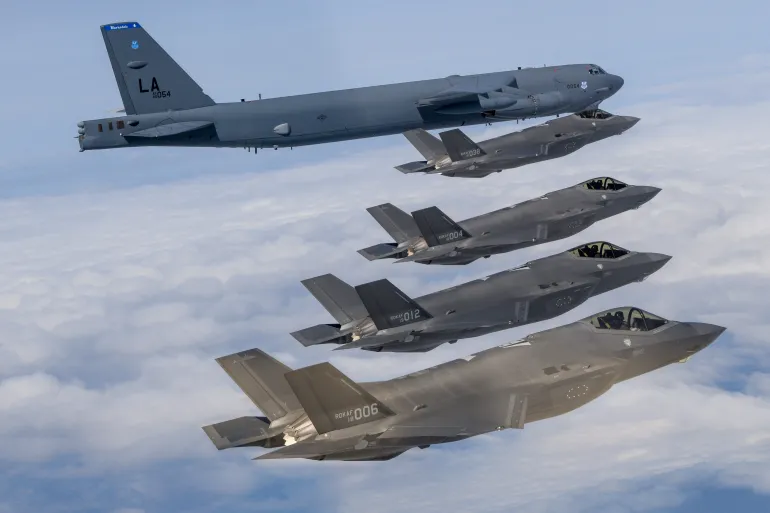Why It Might Seem Like Plane Crashes Are Increasing – And What the Data Really Shows

In recent weeks, high-profile aviation incidents, such as the harrowing crash landing of Delta Air Lines flight 4819 in Toronto, have left many wondering if air travel is becoming riskier.
The dramatic footage of the Bombardier CRJ-900 flipping over during its landing, though thankfully resulting in no fatalities, has contributed to the perception that airplane safety may be declining. This comes on the heels of other incidents like the tragic collision of an American Airlines plane and a US Army helicopter, which resulted in 67 deaths. With these events in the spotlight, it’s understandable that people may feel that the skies are becoming more dangerous.
However, a closer look at the data provides a very different picture, suggesting that air travel is actually safer than ever before.
Recent preliminary figures from the National Transportation Safety Board (NTSB) reveal a promising trend. In January 2025, the number of airplane accidents was at an all-time low, with a total of 62 incidents across both private and commercial flights, marking an 18-incident drop compared to January 2024. If these numbers hold, January 2025 will be the safest on record, surpassing the previous low of 70 accidents in January 2012.
Even more reassuring, only 10 of these accidents were fatal, which is historically low. While any fatality is tragic, it’s worth noting that January’s fatal accident rate is on par with the safest January on record, which was also in 2022. Furthermore, commercial aviation in the US has seen remarkable improvements in safety over the past 15 years, with fewer fatalities during this stretch than at any other time in history.
This decline in accidents isn’t just a short-term occurrence. The trend of fewer aviation accidents has been ongoing for over a decade. Last year, there were fewer than 300 fatal accidents, marking the third year in a row in which the number of fatalities was exceptionally low. To put this in perspective, in the early 1980s, the US saw over 600 fatal accidents annually. These dramatic improvements in safety reflect better technology, enhanced training, and more stringent regulations in the aviation industry.
While commercial aviation is the safest form of air travel, the public often pays more attention to incidents involving larger aircraft, like the Delta flight that made headlines. In contrast, most aviation accidents involve small private planes, which are less frequently covered in the media. These small planes are statistically more dangerous to fly in than commercial jets.
Despite the occasional high-profile incident, air safety experts note that one or two accidents in any given year, particularly in a field as vast as commercial aviation, don’t drastically affect overall trends. With roughly 9 million commercial flights operated annually by US airlines, minor increases in incidents don’t alter the broader picture. For example, in 2023, there was a spike in serious runway incursions (situations where something was on the runway when it shouldn’t have been). However, by 2024, the number of such incidents decreased sharply, illustrating that the system has the capacity to recover and improve.
In addition, a deeper dive into the specific details of the Toronto incident reveals that the investigation into the Delta flight’s crash landing is ongoing. Initial analysis has not yet confirmed the exact cause, with factors like wind conditions, pilot actions, aircraft speed, and even potential mechanical issues all being considered. While such accidents may draw attention, aviation safety experts emphasize that the causes are often complex and multifaceted, making such incidents rare in the overall scope of air travel.
With input from CNN and the Washington Post.









The latest news in your social feeds
Subscribe to our social media platforms to stay tuned